Tanzania
Tanzania - Travel Advice
If I had to pick my favourite trip ever it would be Namibia. And if I had to pick another place on the planet to live it would be Hawaii. Well, if I was going to recommend one safari for someone to do it would be Tanzania.
Tanzania is a politically stable, safe country on the south east coast of Africa, sharing many borders with Kenya, Uganda, Rwanda, Burundi, Congo, Zambia, Malawi and Mozambique.
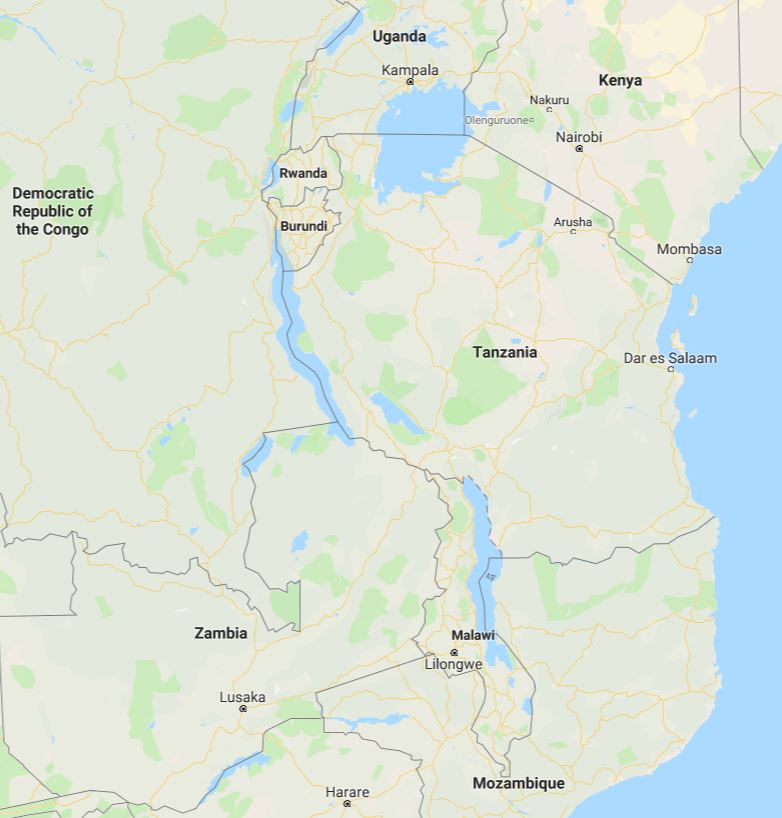
If you’ve ever watched any wildlife documentaries on telly then the chances are they were filmed in Tanzania. With the exception of the Masai Mara in Kenya, most of the footage you will see were probably filmed in either the Serengeti or the Ngorongoro Crater, both truly spectacular places where you can see some of the planets most amazing creatures in their natural habitat.
When we were there we had as usual paid the extra bucks for a private safari so as to not have to share with anyone else. This obviously puts the price up, but if you want to create a personal itinerary just for you and avoid the risk of being stuck in a jeep with a bunch of idiots for a week or two, then I recommend you do this too if your budget allows.
Our main goal would of course be the two most famous national parks mentioned above, but our trip started with a visit to Lake Manyara and Ndutu, both located on the way to the Serengeti and both very underrated places to visit; as indeed are many less well known parks in southern Africa.
Along with Tarangire National Park, Lake Manyara is known for it’s tree-climbing lions who hop up into the branches to cool down in the midday sun and to get away from the flies. It’s one of those things you’re never guaranteed to see, but I guess we had luck on our side that day.
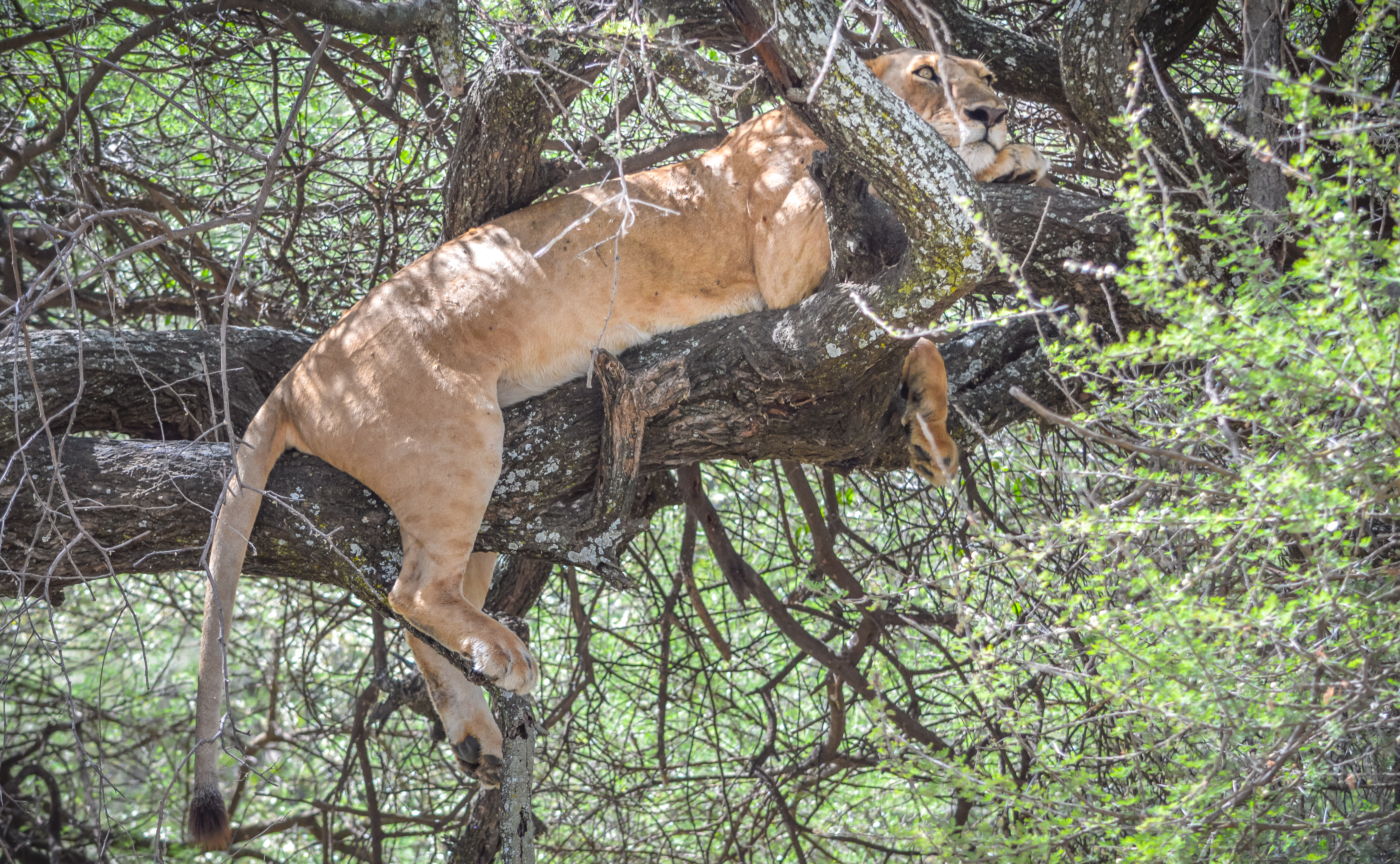
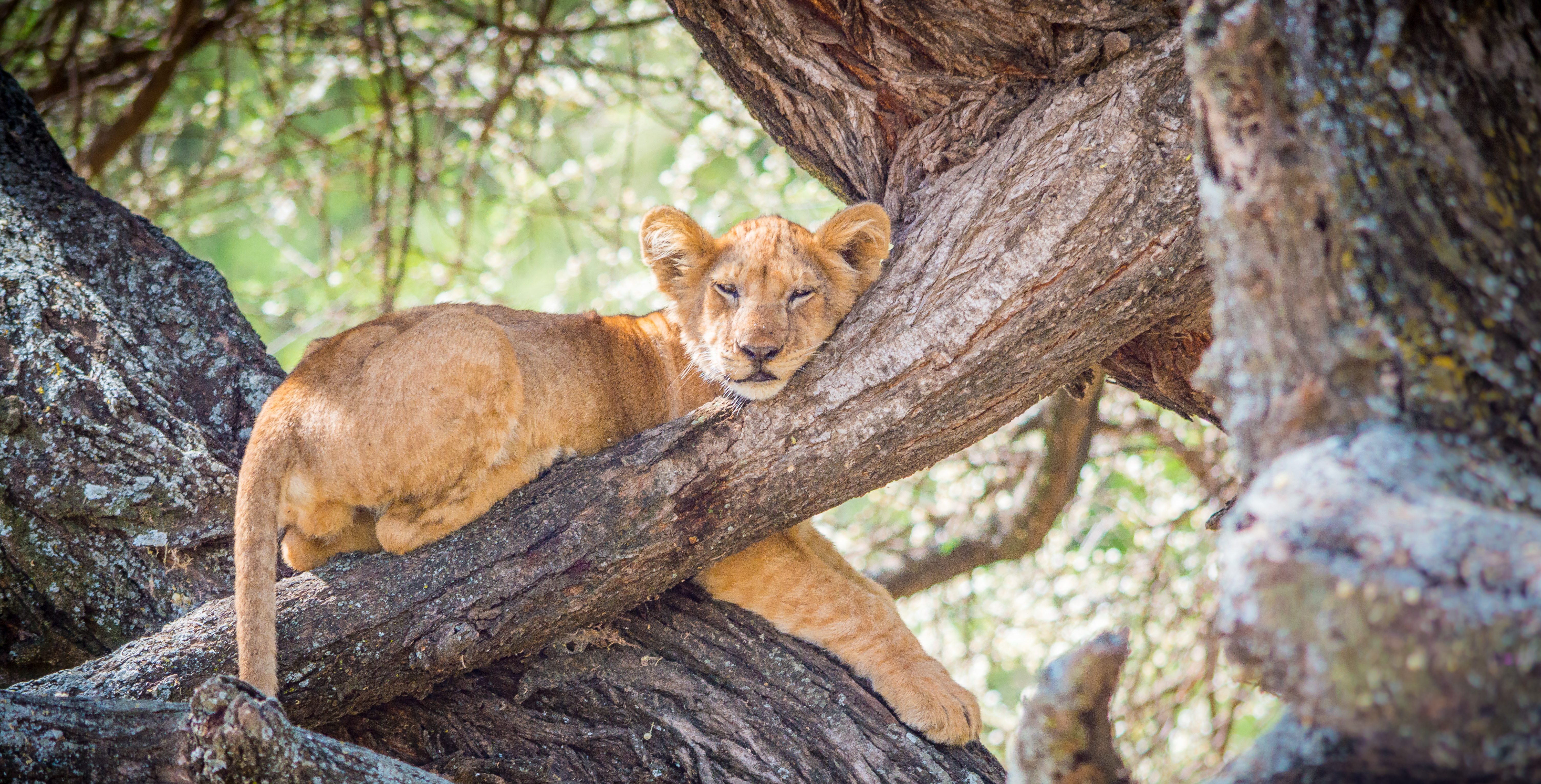
When you think of Africa and safaris you tend to think of all the usual big mammals you see on tv, but there are so many other beautiful creatures you can see on safari that don’t have to be large carnivores or creatures with horns and tusks. Sometimes the smaller animals are just as beautiful to watch.
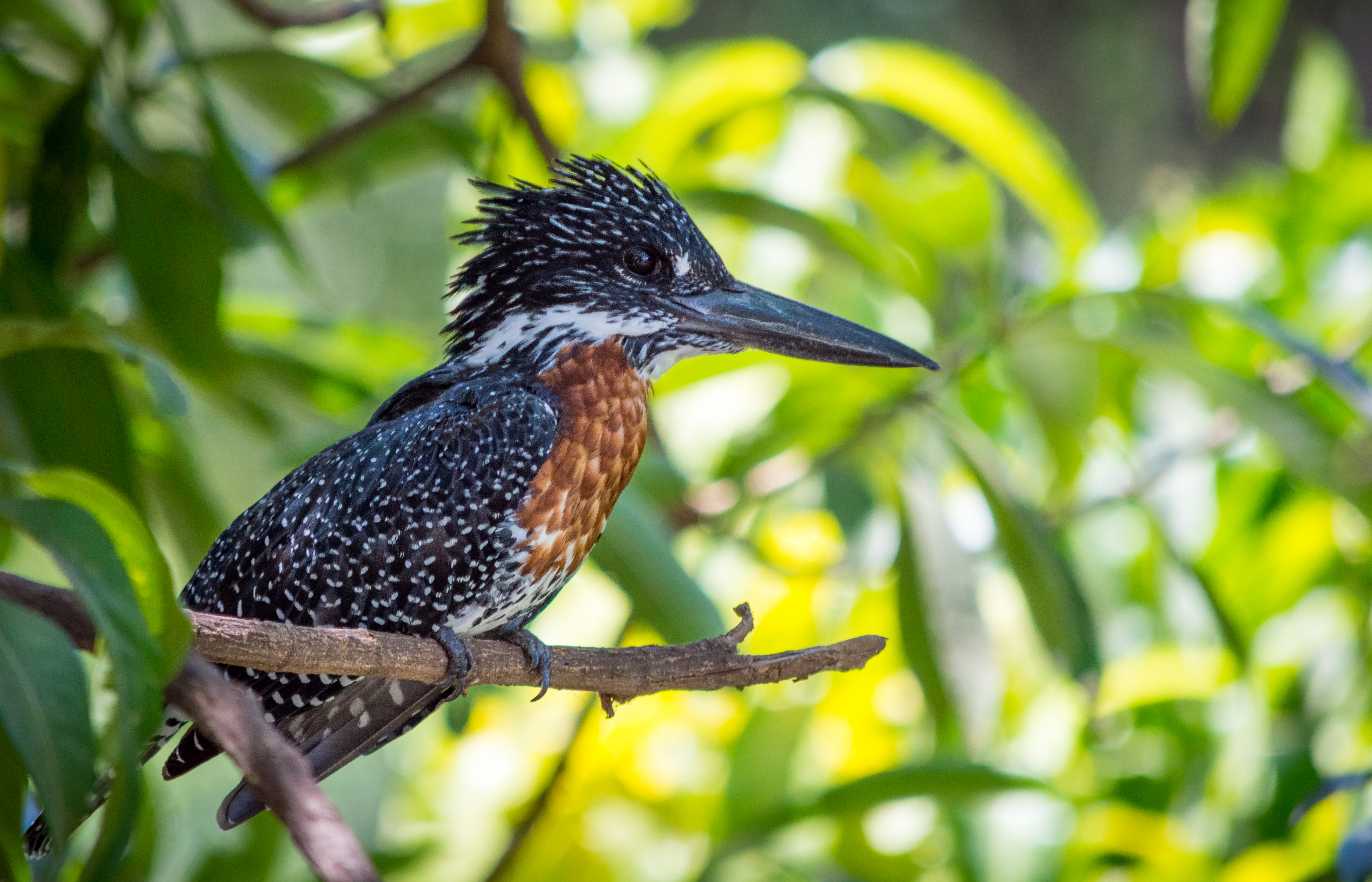
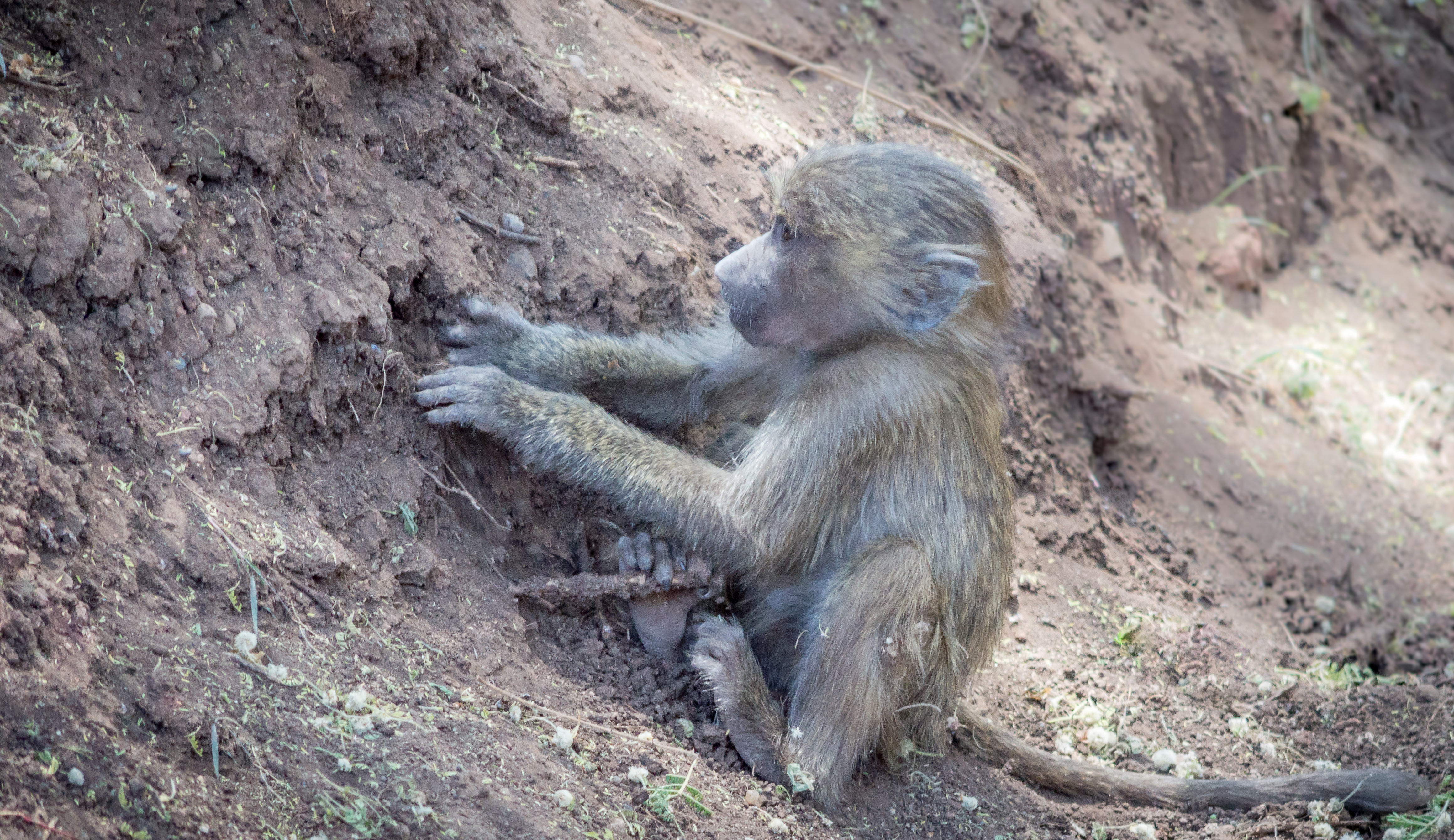
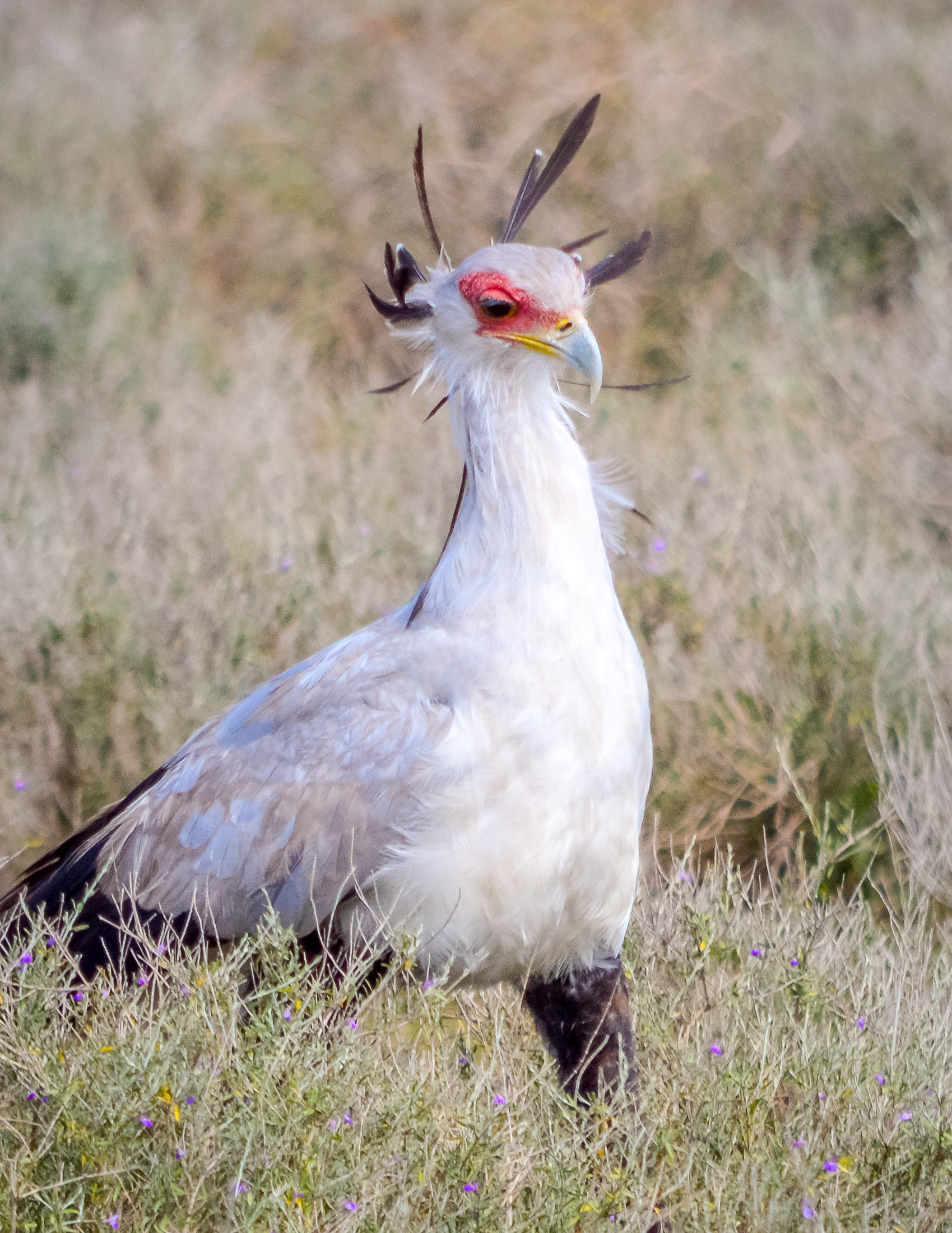
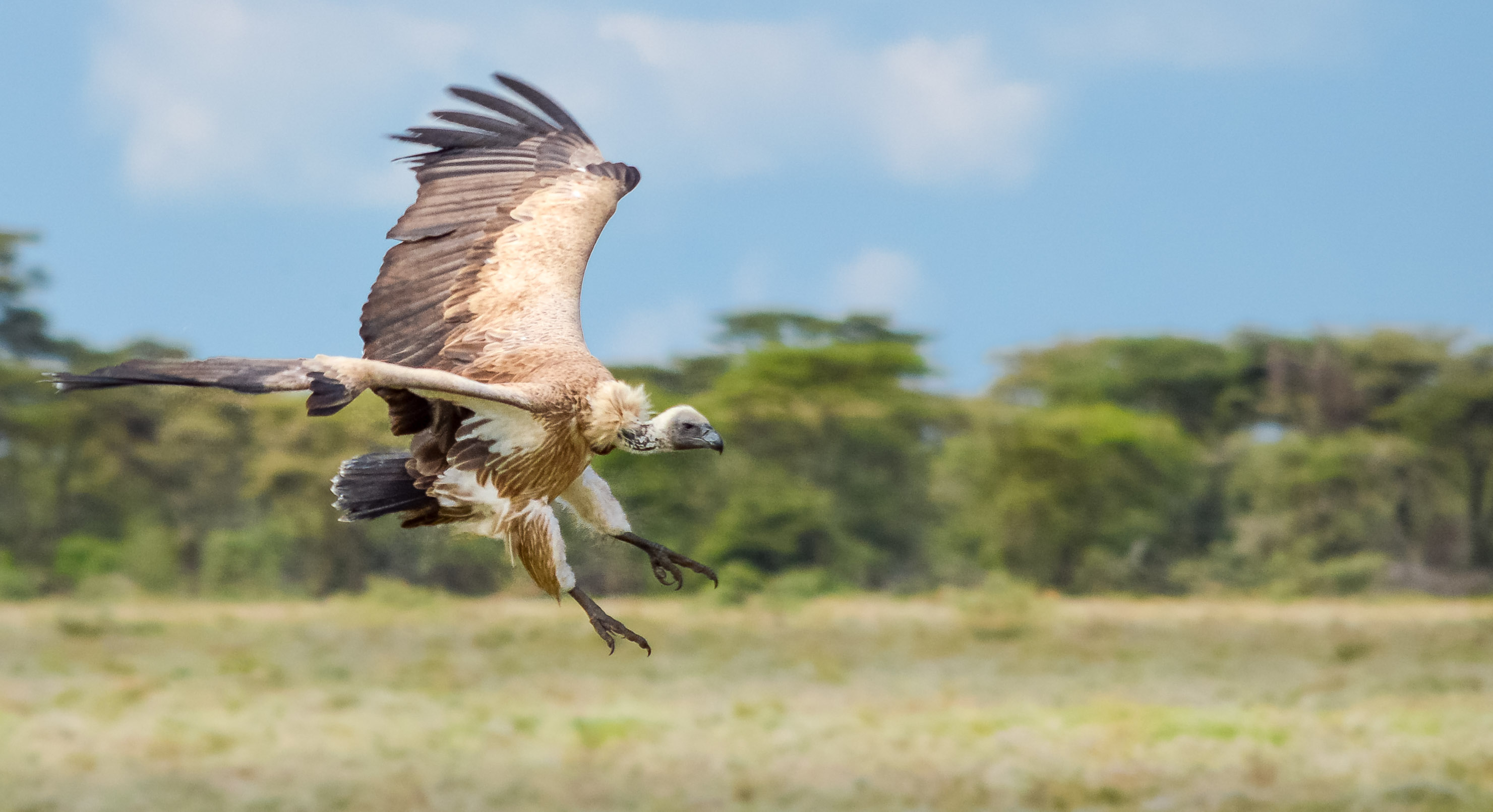
Ndutu lies right on the edge of the Serengeti and although not exactly a household name we had read some excellent things about the place and had booked to stay in a rather nice eco-lodge that had just opened there. The booking said ‘luxury-tented lodge’, but our ‘tent’ was more like a small house.
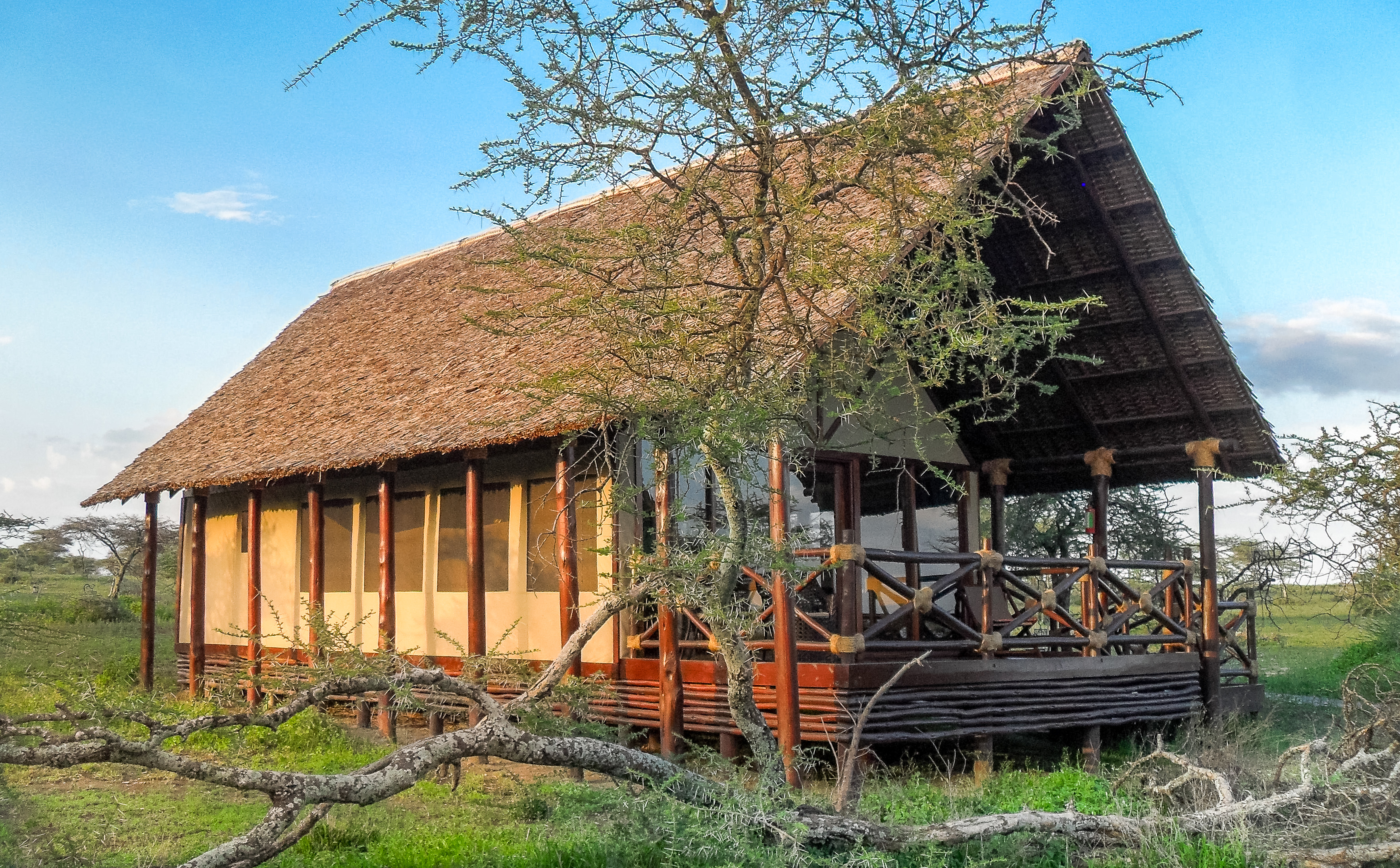
We were staying literally inside the boundaries of the national park, with nothing between us and the animals. Lions, hyenas, leopards, anything could be walking around our tent during the day or night. So in the evenings you were walked back to your room by a Masai warrior for your safety, which the first evening seemed a bit over the top, but then on our balcony we took out our torches and shone them around and saw eyes light up literally in every direction you looked, it was incredible.
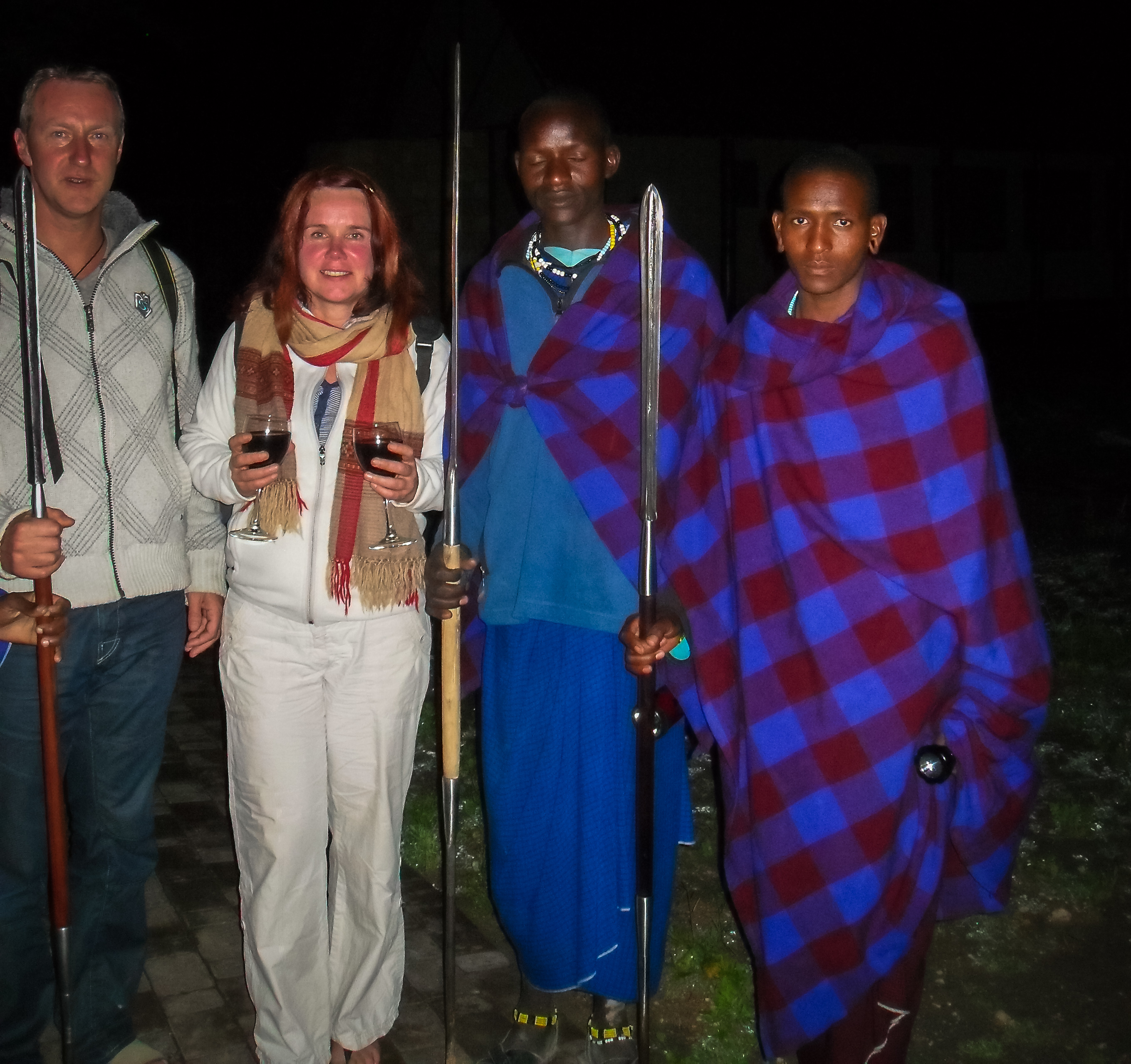
Next day we were up bright and breezy for a full day’s game drive where we would see not only a female leopard with her cubs, but lots of lions too and then later witness one of nature’s great spectacles; the great migration. Five million animals all following each other north towards the Kenyan border in search of food and water.
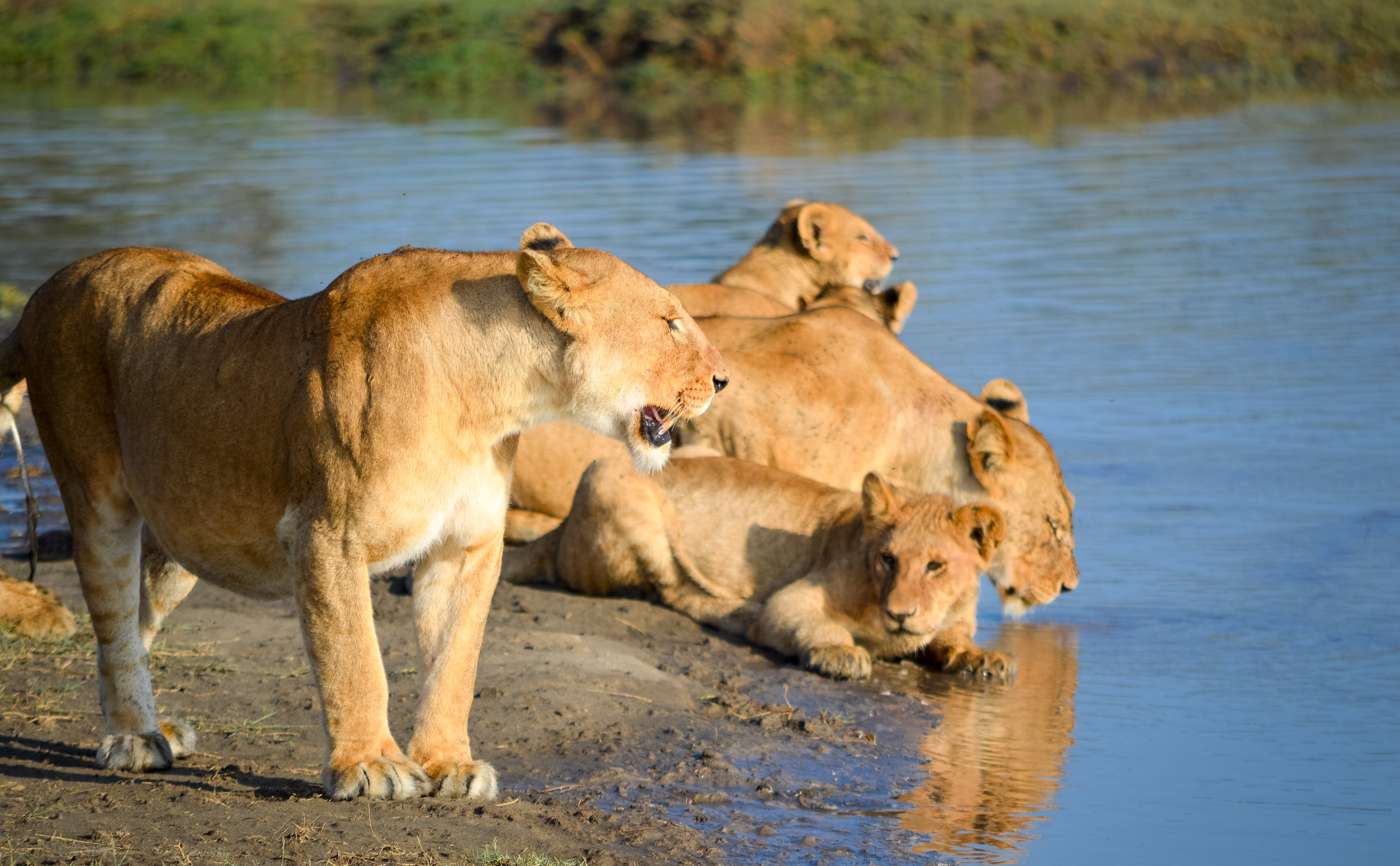
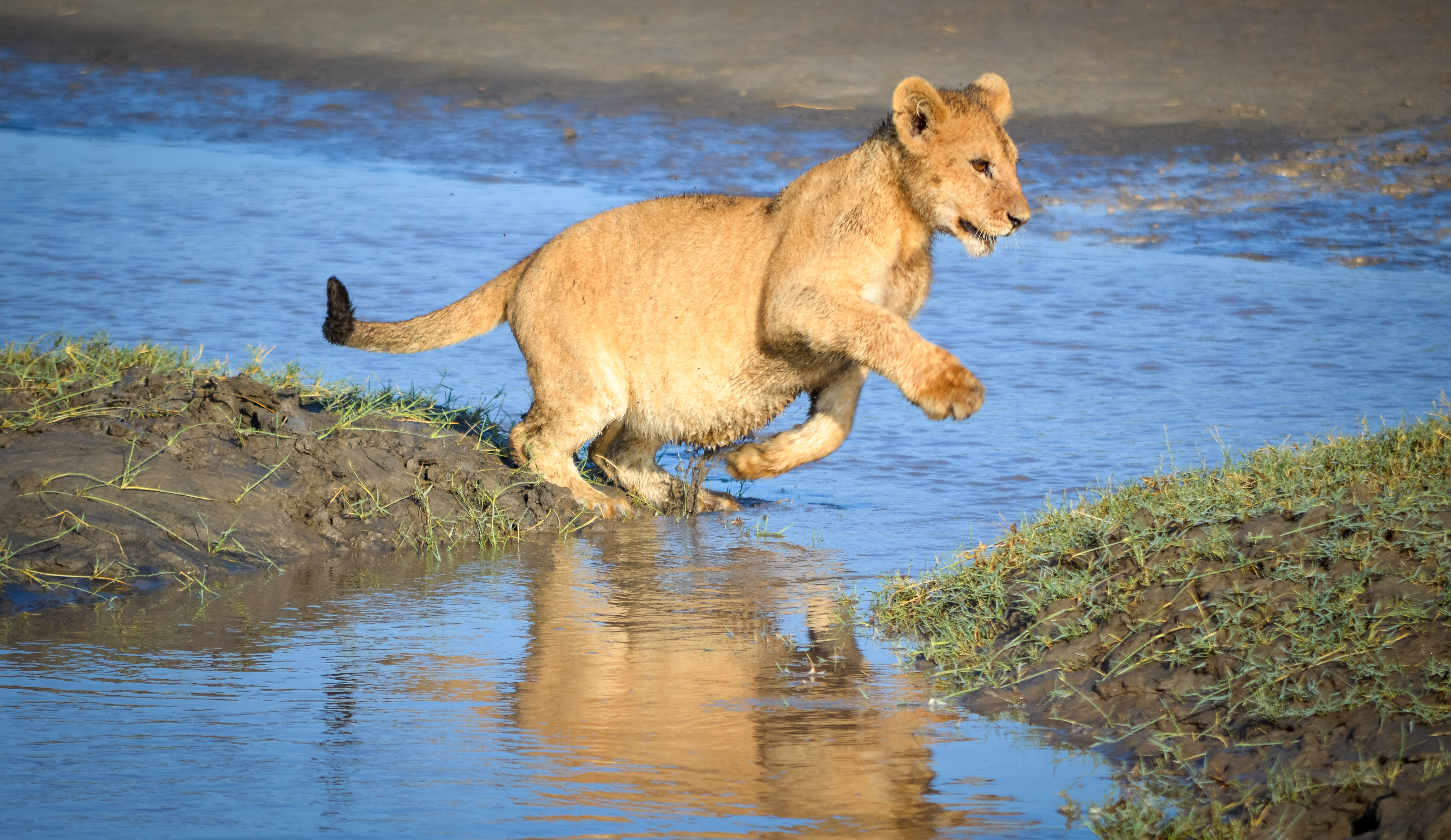
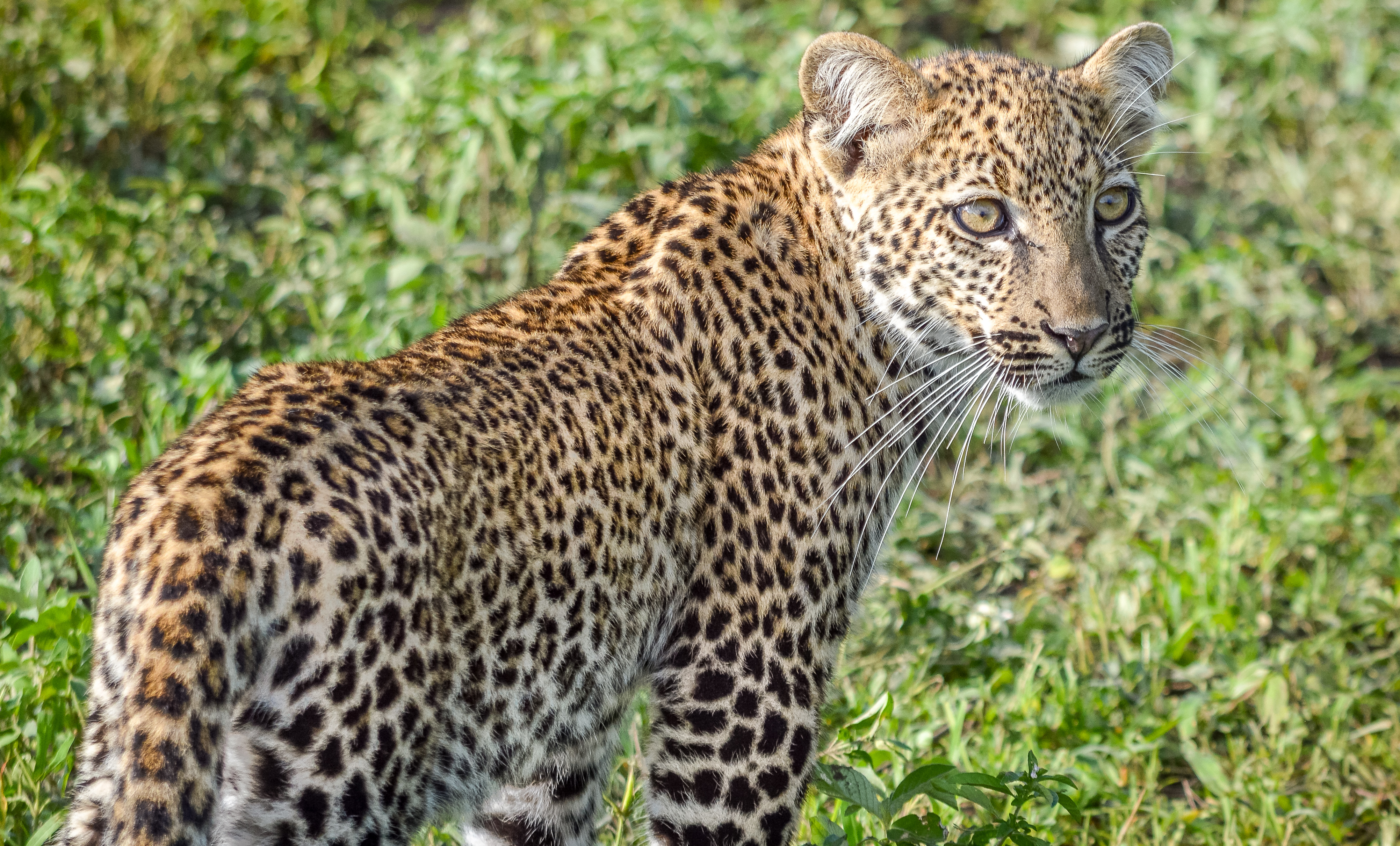
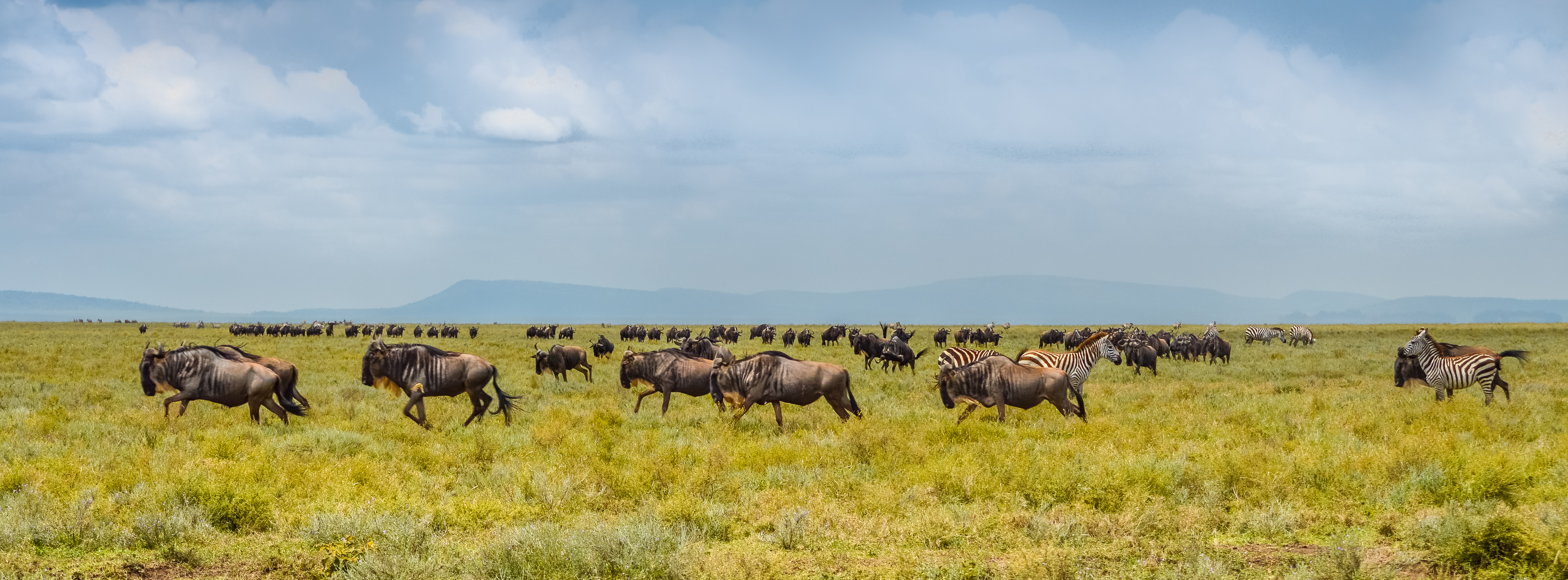
The Ngorongoro Crater, like it’s name suggests, is a dead volcanic crater, 25km in diameter filled with every African animal you can think of. All stuck within the confides of the crater rim they cannot leave, meaning as a tourist you are pretty much guaranteed of seeing everything there is. No wonder they call this place God’s Zoo.
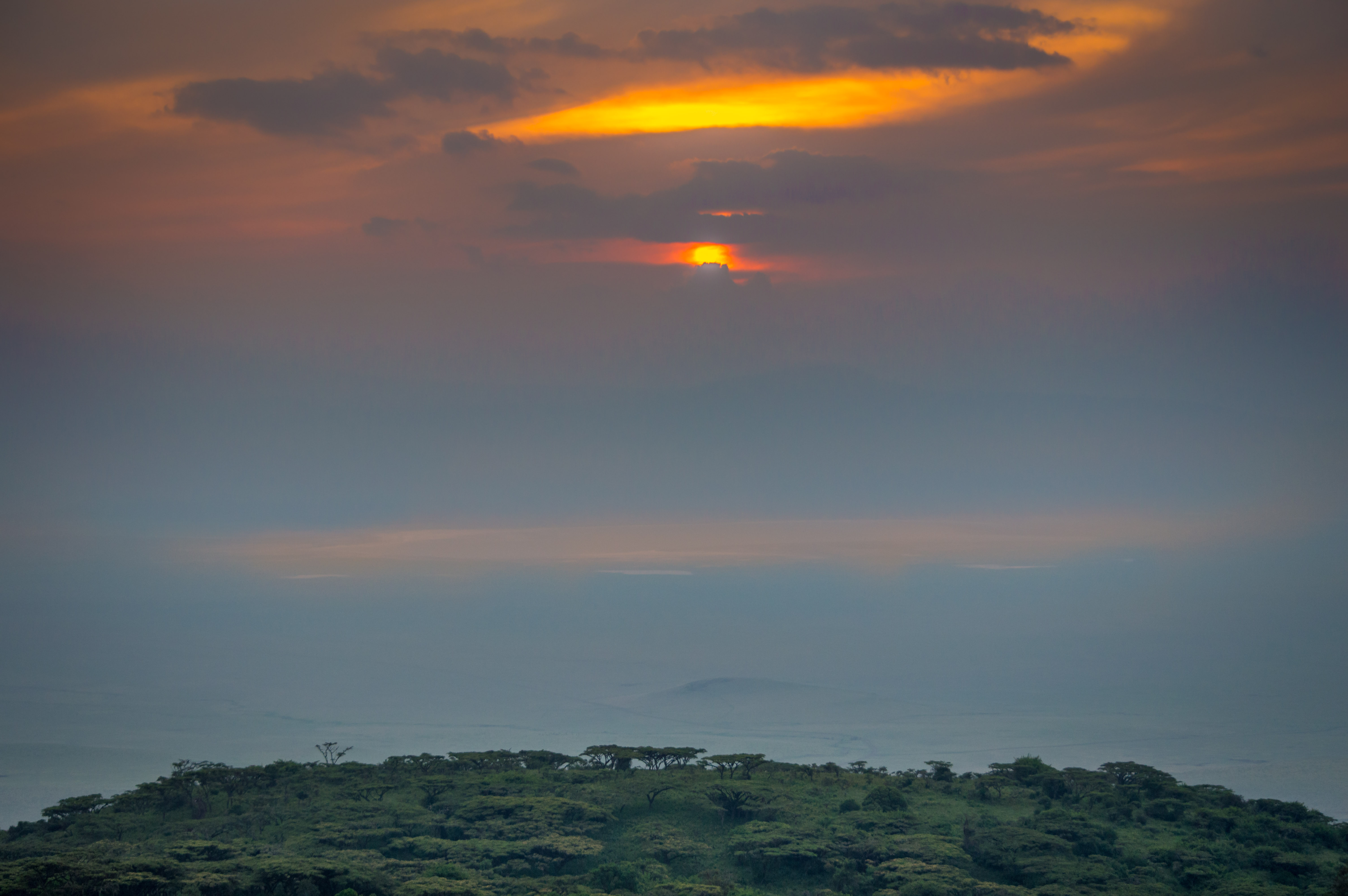
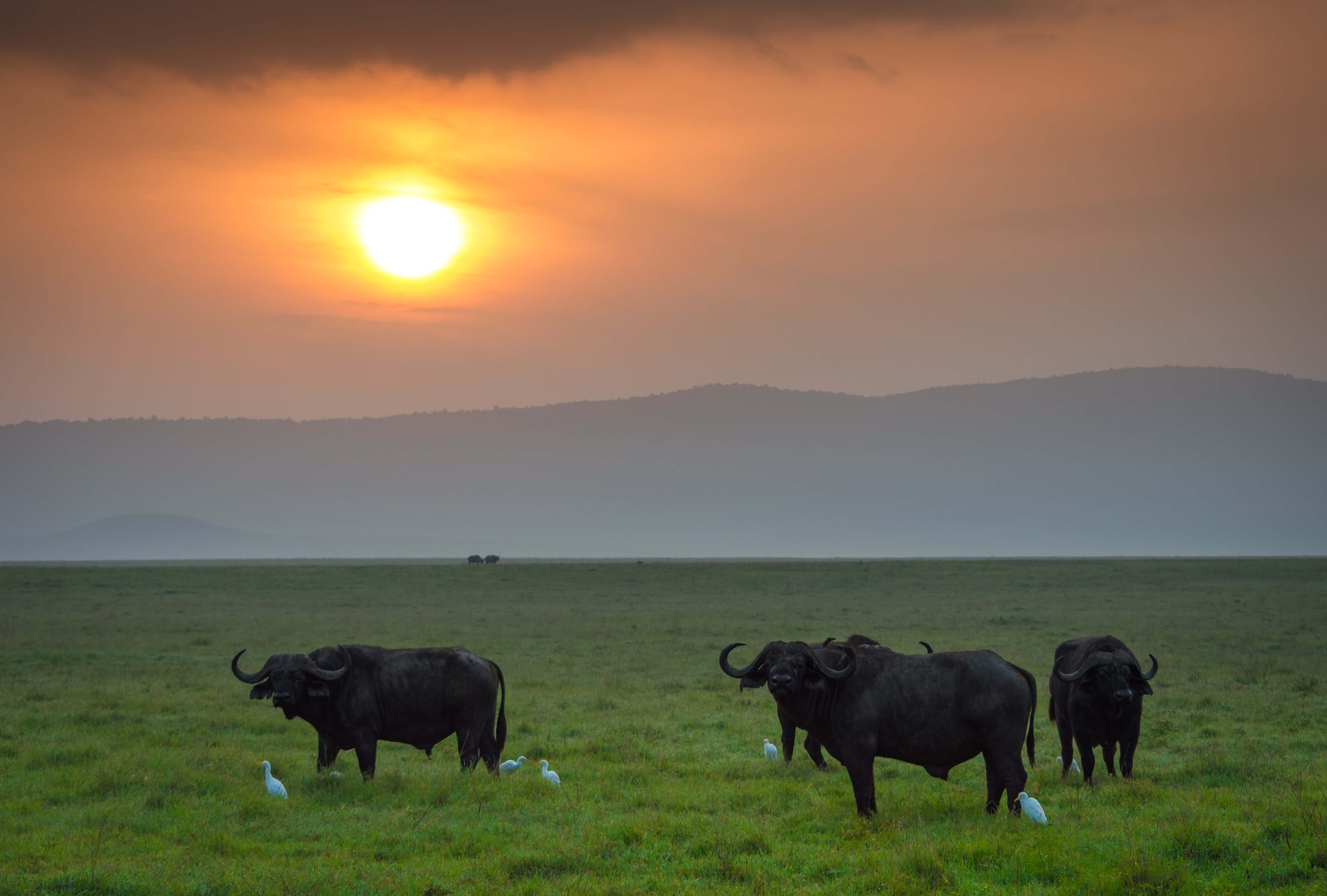
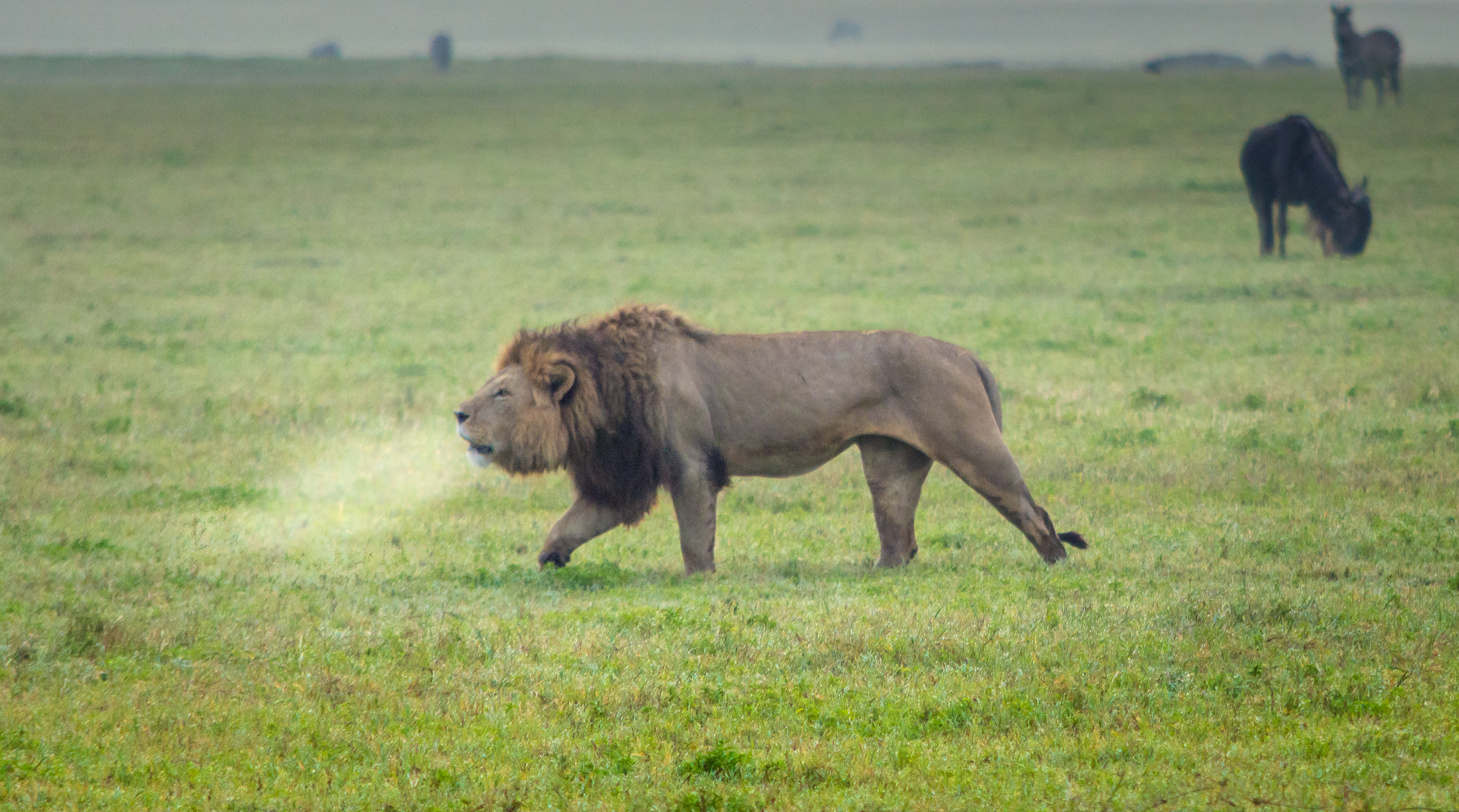
So, in a nutshell, if you’re likely to go on ONE safari ever, make it here. The Serengeti and Ngorongoro are simply out of this world. And in my experience there are less tourists here than Kenya’s Masai Mara and we found the guides to be better too. The animals you will see will blow you away and the nature and landscapes are both varied and so beautiful. And if you time your trip well then you might see the migration too.
It’s not cheap, but the best things in life aren’t. We had a private jeep for two which obviously bumps the price up, but it was worth every penny. We used a tour company called Swala and our guide was Felix who was brilliant.
That’s safaris sorted for Tanzania. But there are plenty of other things to see and do in this country if you have some time and money left over. After our safari we took a short flight from Arusha to Pangani to stay at a fantastic lodge on the Indian Ocean called The Tides.
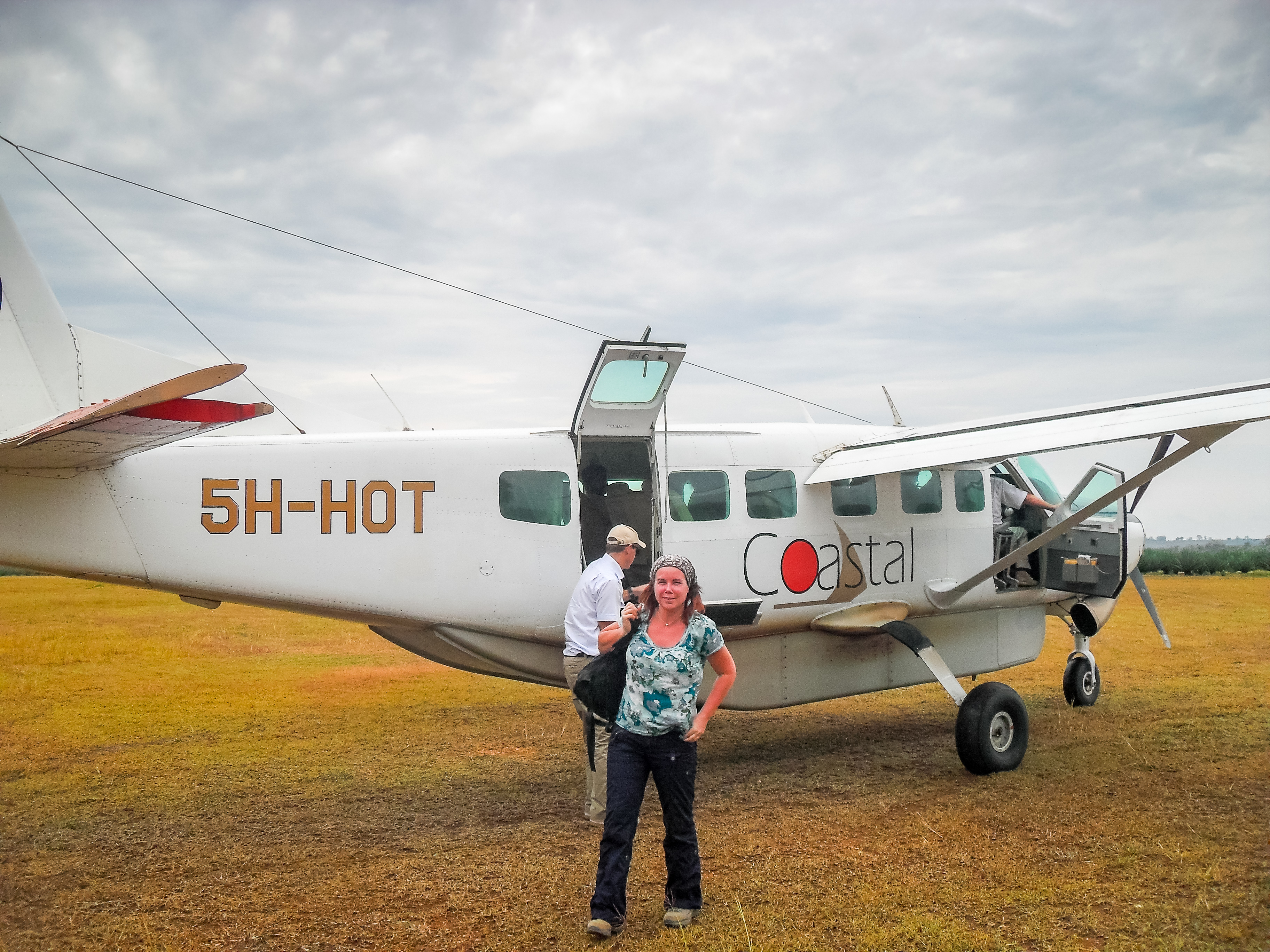
When we landed it was literally in a little field, no airstrip and no arrivals building. The pilot helped us with our baggage then literally swung the plane around and took off again. Thankfully in the corner of the field was a young man sitting in a jeep waiting to pick us up and take us to the lodge.
The place itself was right on the beach and there was nothing else around other than a small fishing village a few miles up the coast. When you went to the beach it was just you.
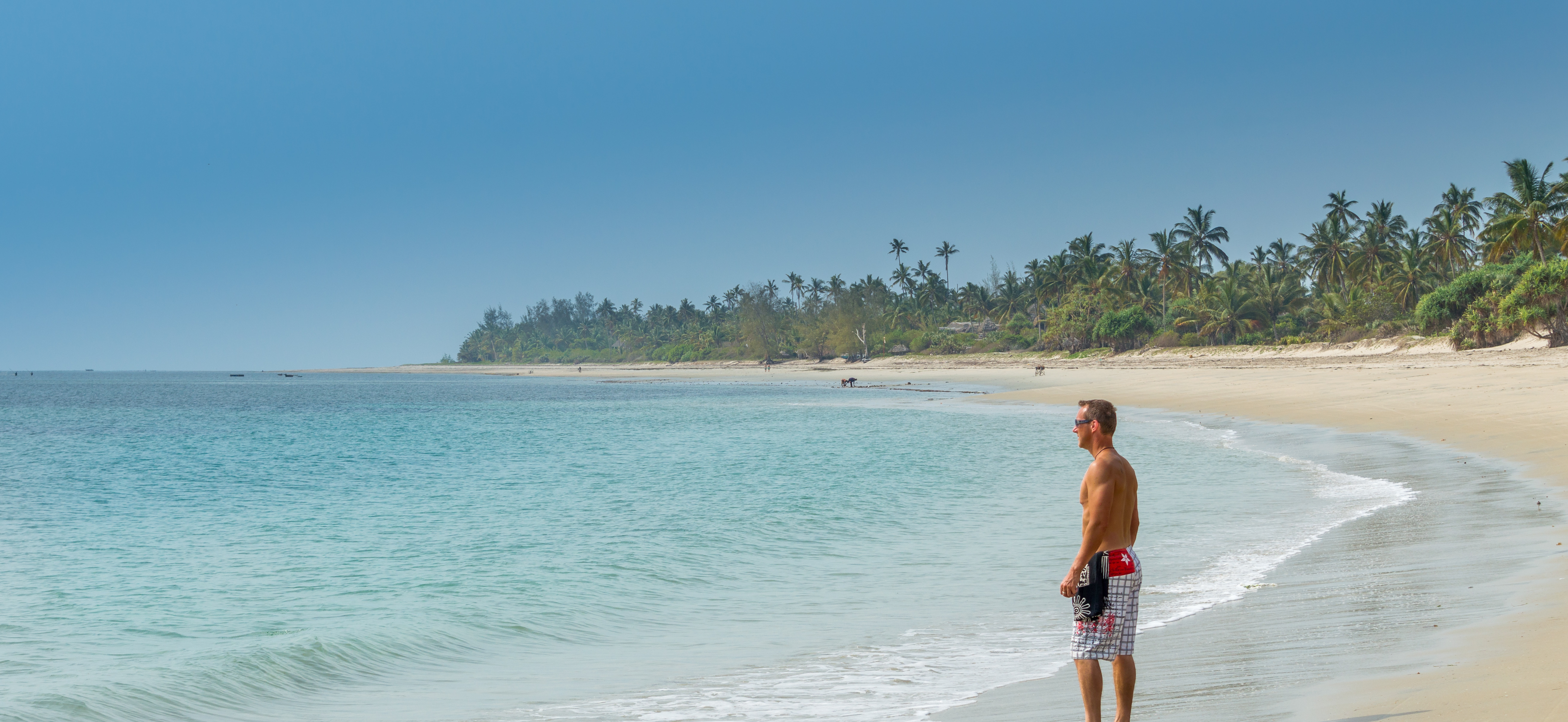
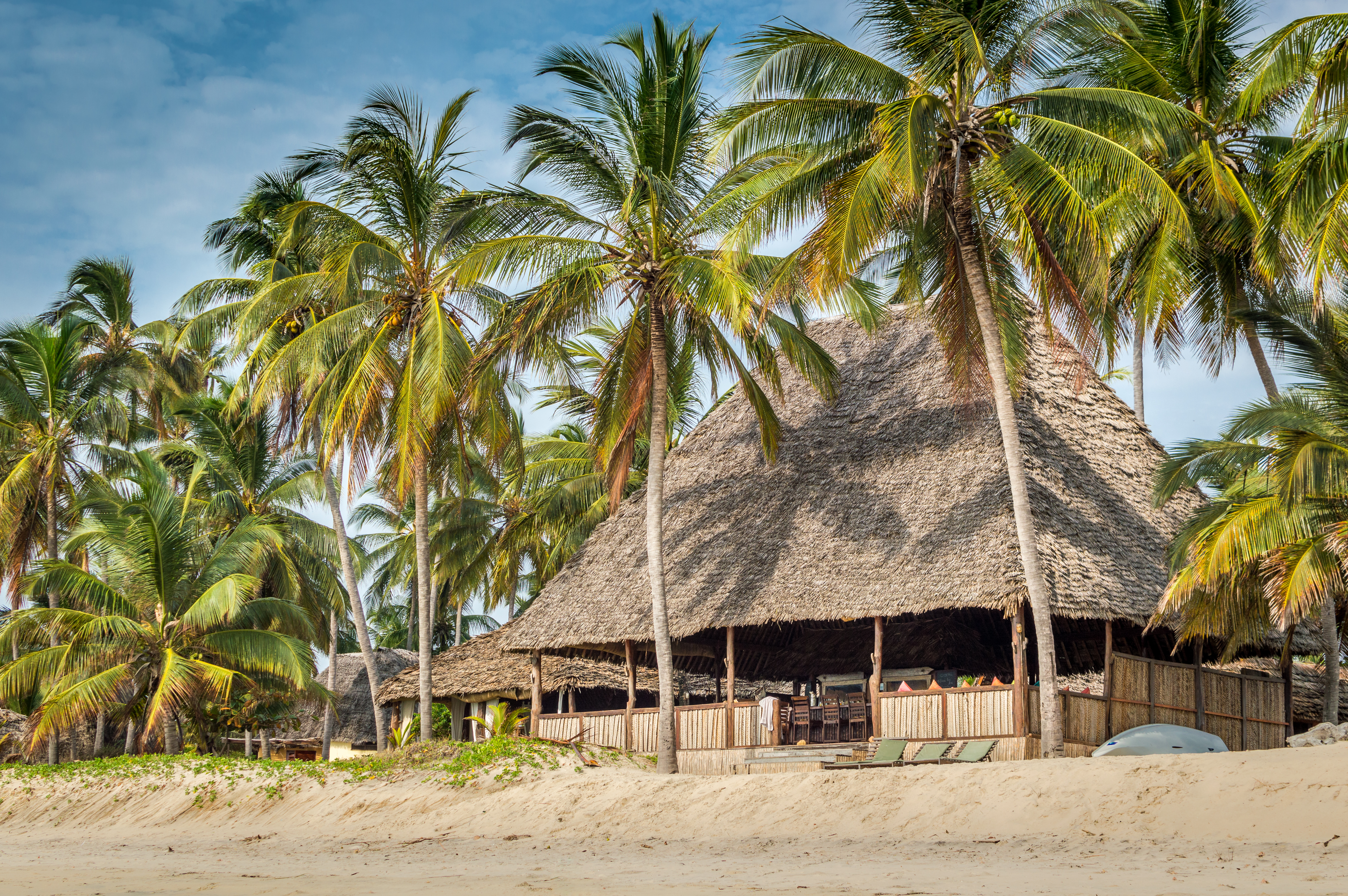
As luck would have it there was a turtle sanctuary just down the beach from us where they help protect and incubate turtle eggs until it is there time to hatch and make the frantic dash to the safety of the sea. And today was the big day so we went to watch ….
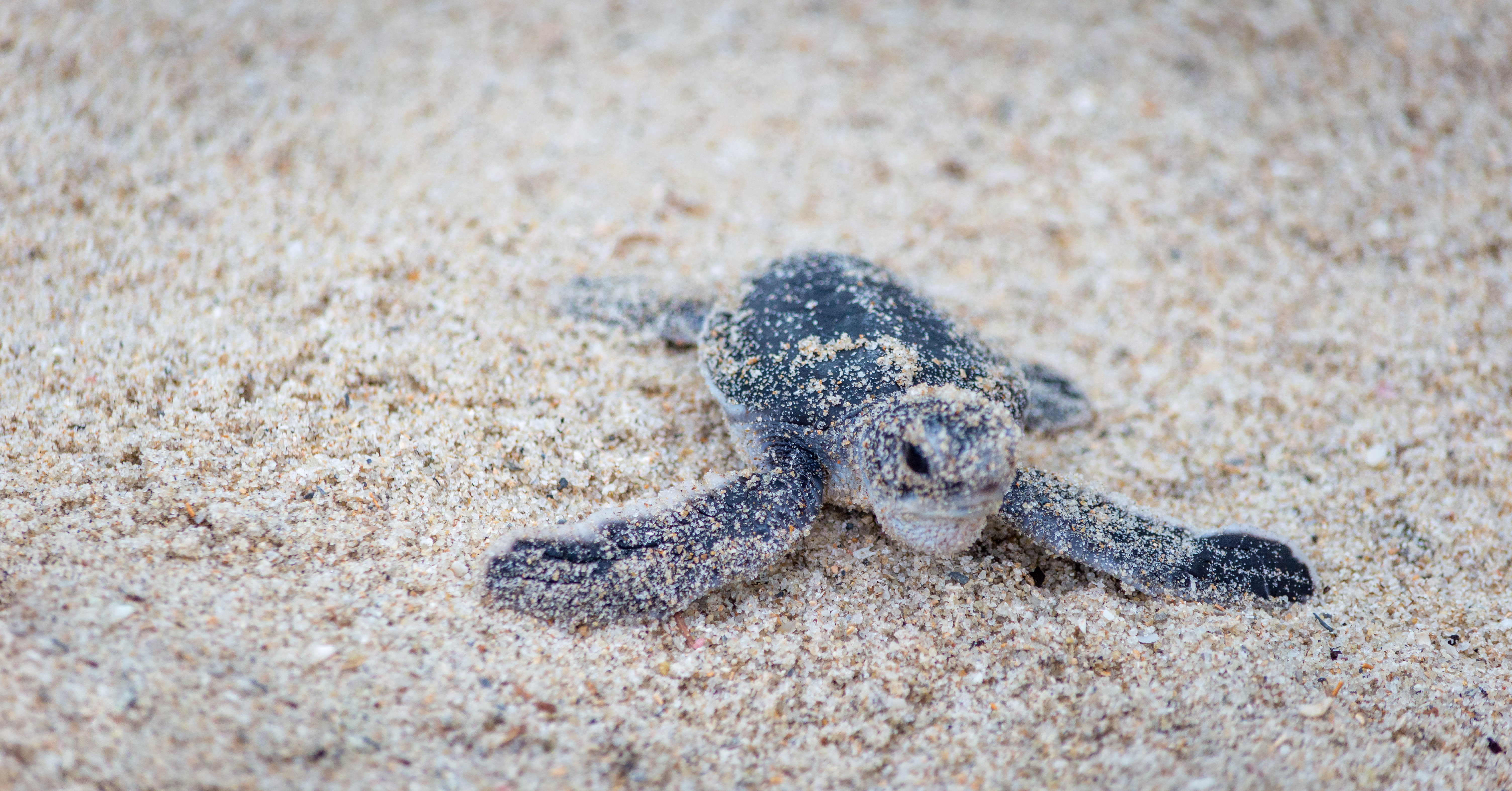
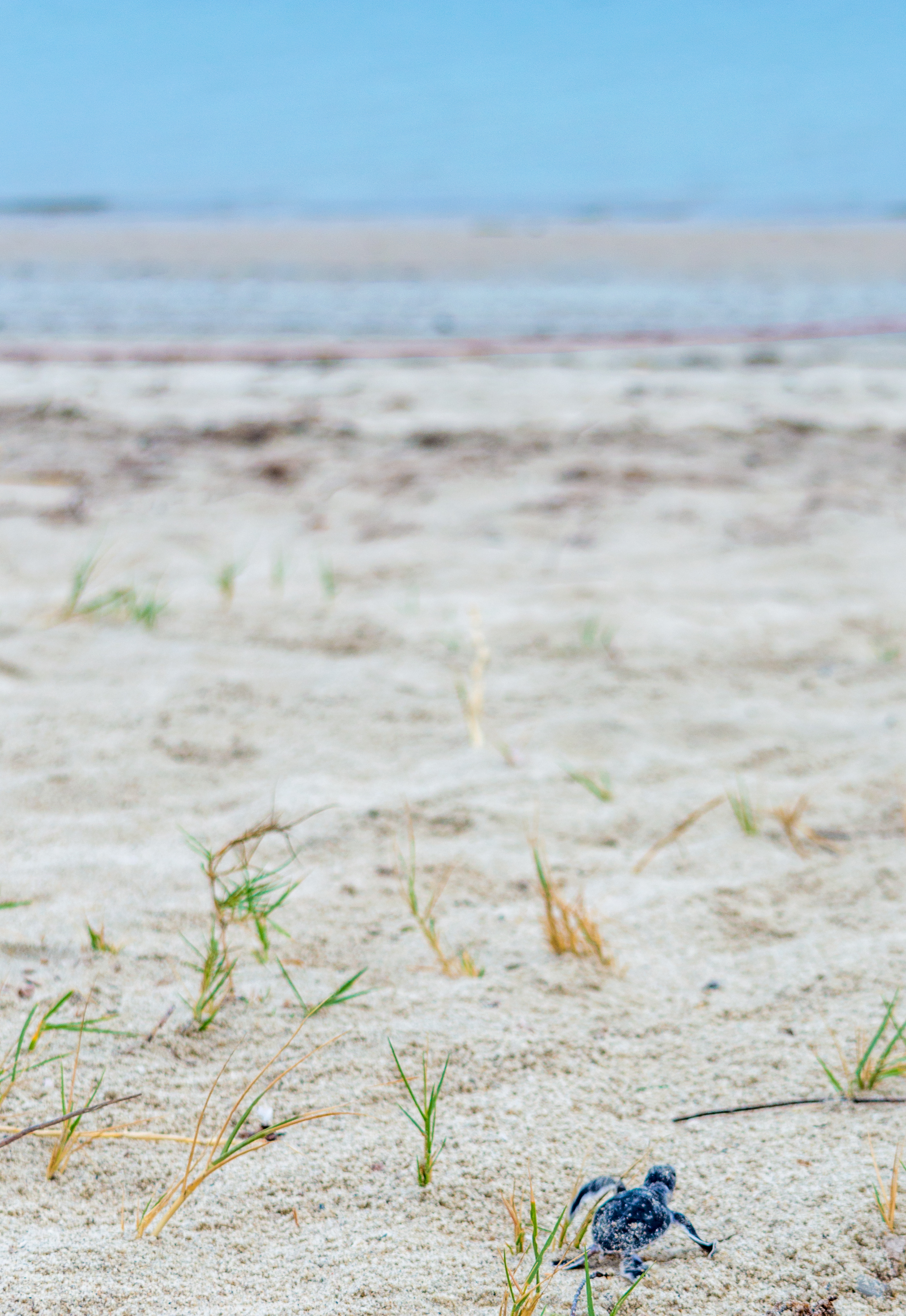
The odds are against these little fellas unfortunately with only 1 in a 1,000 ever making it to being an adult.
Am I done with Tanzania yet? Unbelievable nature and wildlife, incredible beaches and coastal lodges not enough for you?! Then I highly recommend trying out some of the islands of which I have only been to a couple, but I have been to Zanzibar three times now. So after a couple of nights at The Tides we went back to the field and took another short flight to the spice island.
Landing near the capital, Stone Town, we stayed at a very historic old building called Swahili House, a former sultans palace and now an amazing hotel with incredible food in the rooftop restaurant and great views over the whole city.
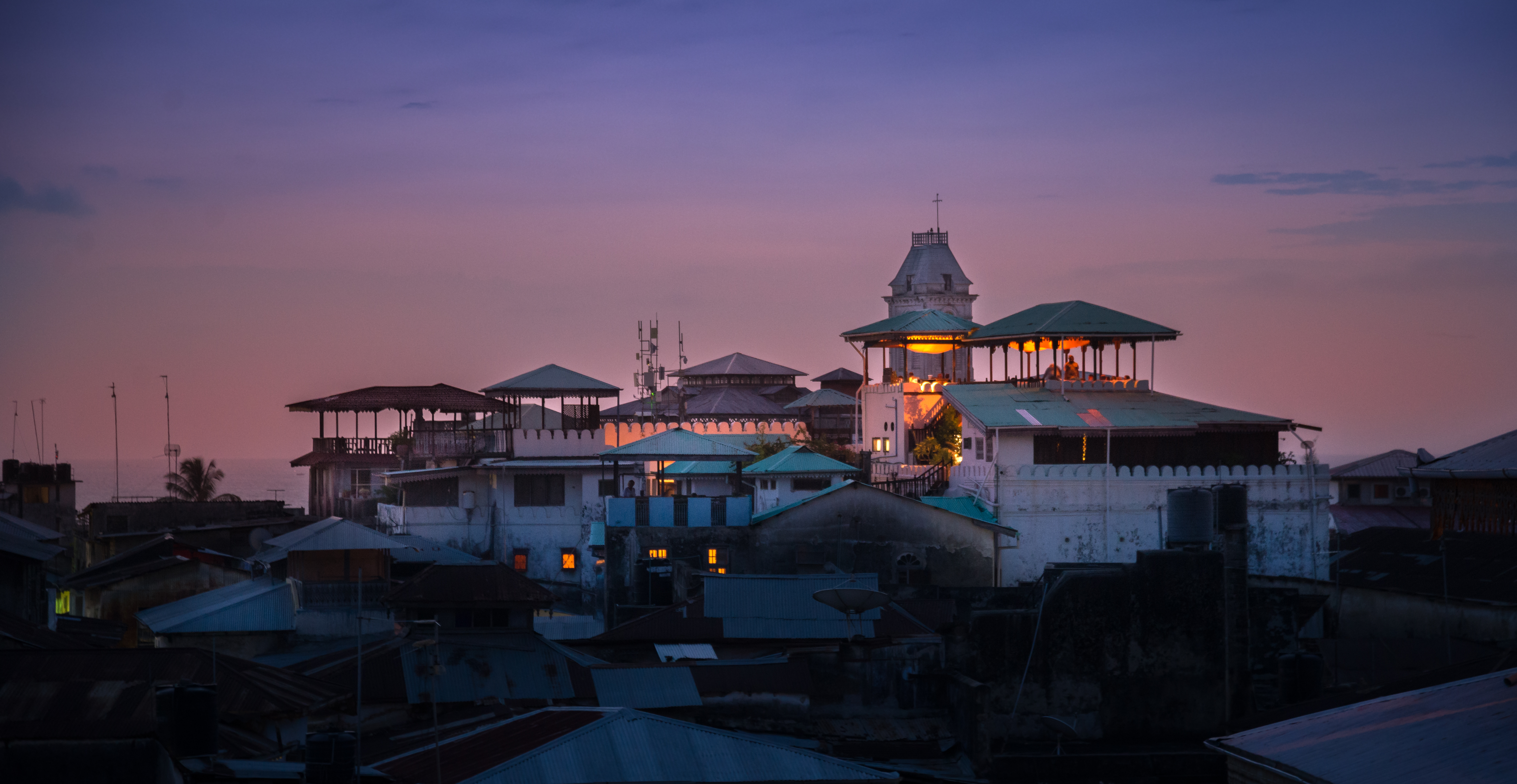
Known for it’s windy streets you can easily get lost in and huge wooden doors with spikes, Stone Town is a very interesting if not intimidating town, worthy of hiring a local guide who can both show you around and explain the islands colourful history of sultans, spices and the slave trade.
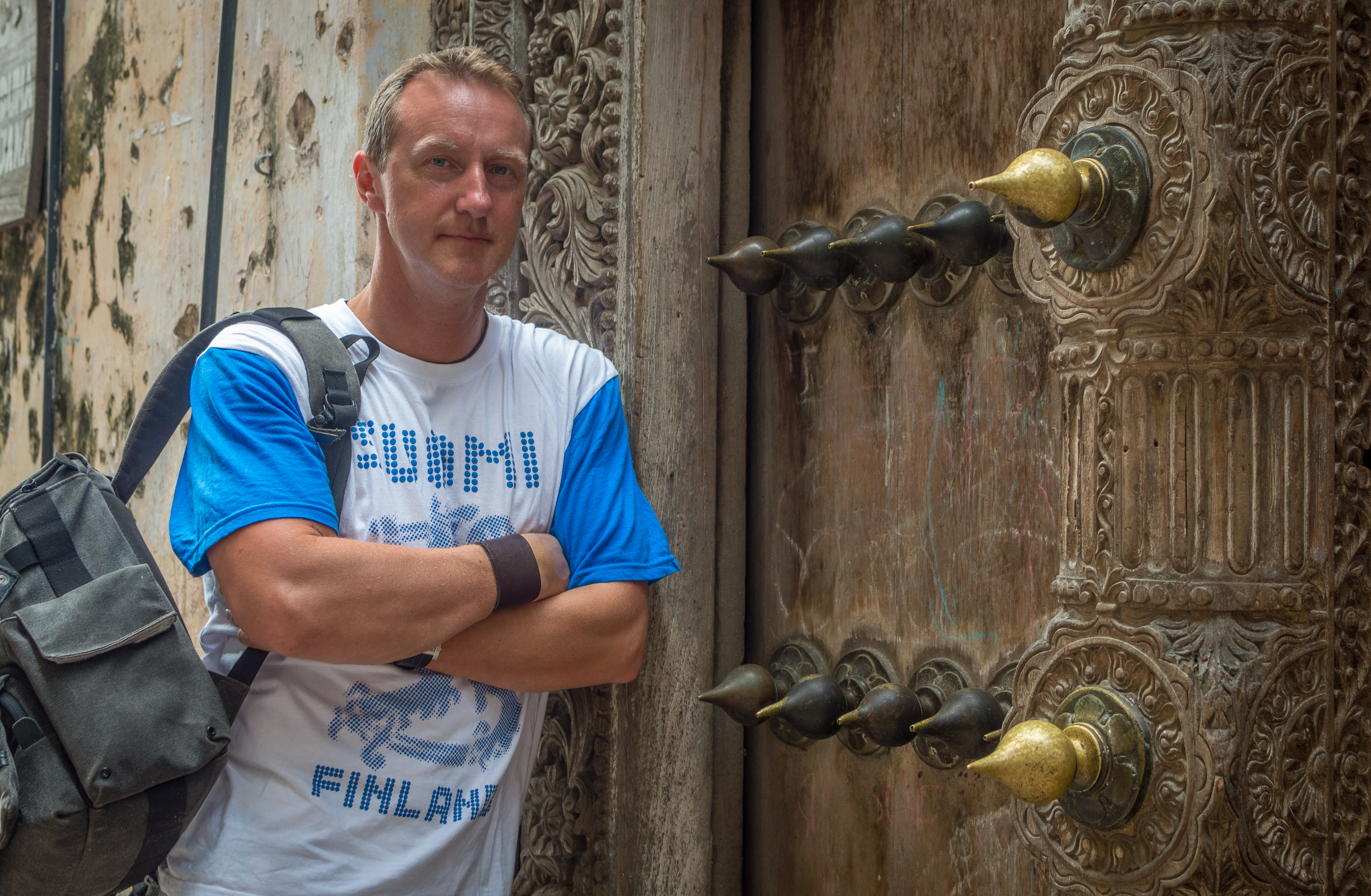
Whilst most tourists head to the north coast of Nungwi and Kendwa where a lot of the hotels are, we opted to head south to a remote and quiet area, checking-in to the Fumba Beach Lodge.
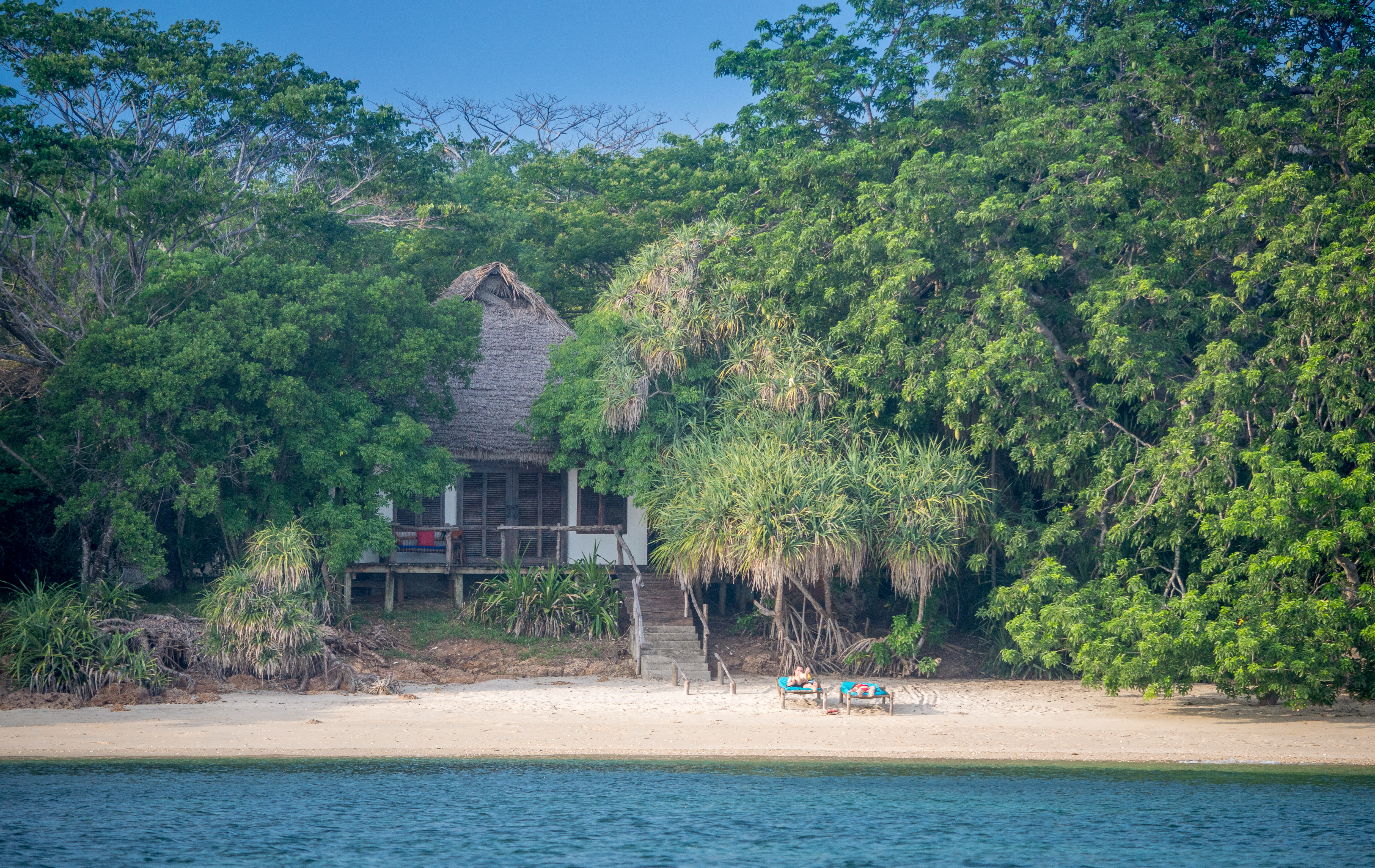
The hut itself is built in and around a 1,000 year old baobab tree. Our balcony had frequent visits of vervet monkeys, bush-babies, lizards and birds.
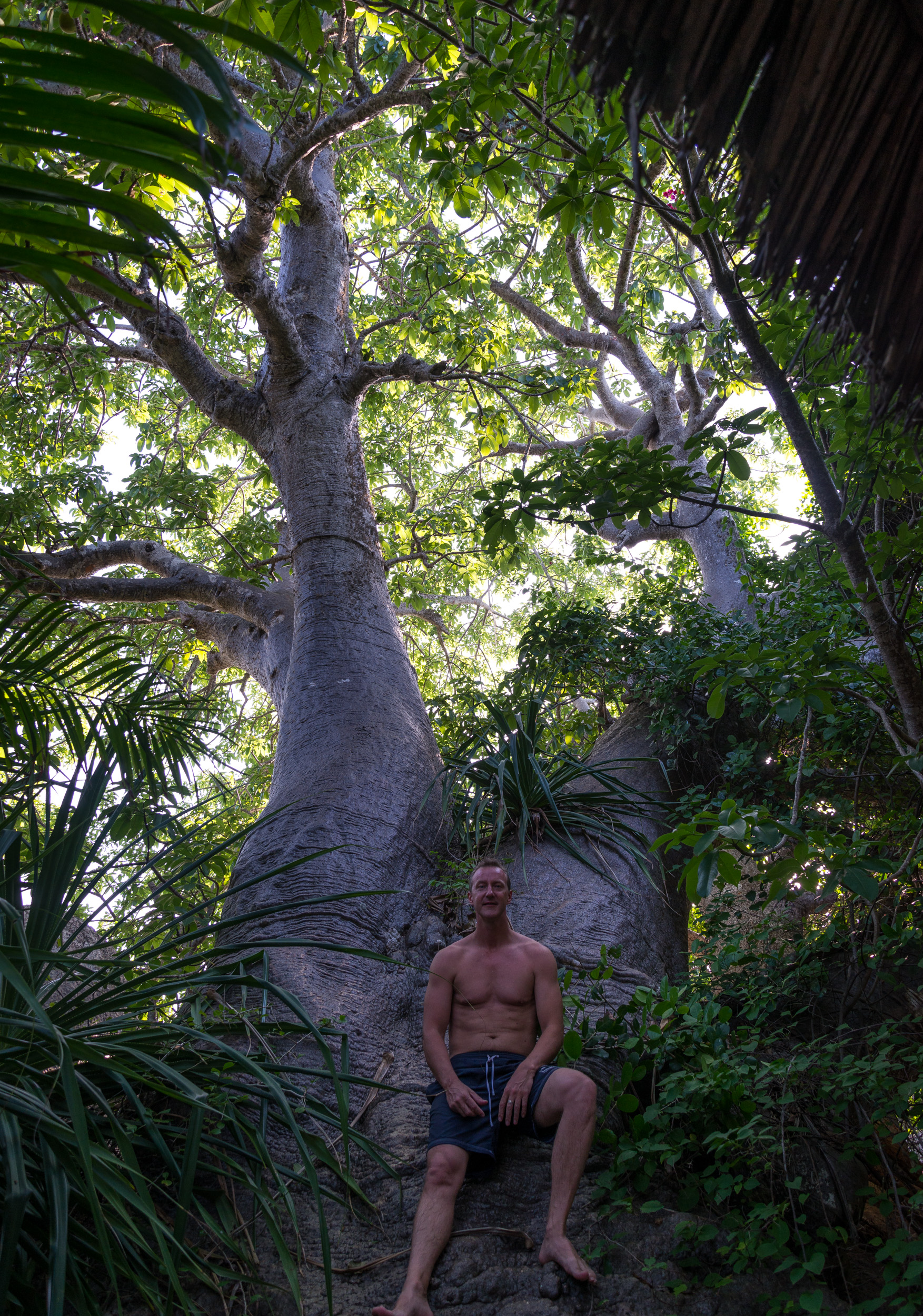
Over the next few days we relaxed on our private little beach, took a snorkel boat trip to the nearby turquoise sand bars, went to see the Red Colobus monkeys and visit the many white sand beaches around the island. Ate great food and enjoyed cocktail sundowners every night at Fumba.
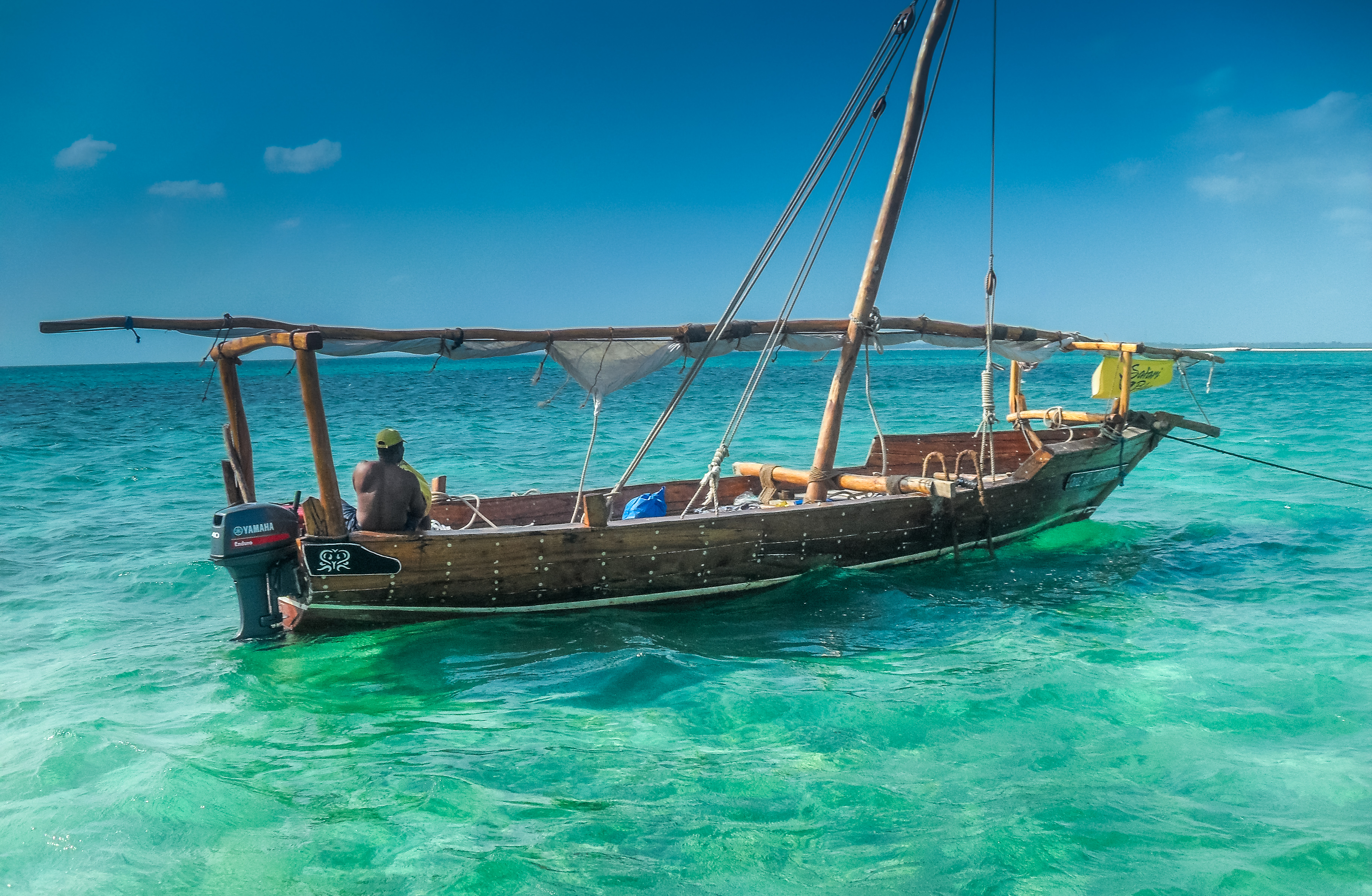
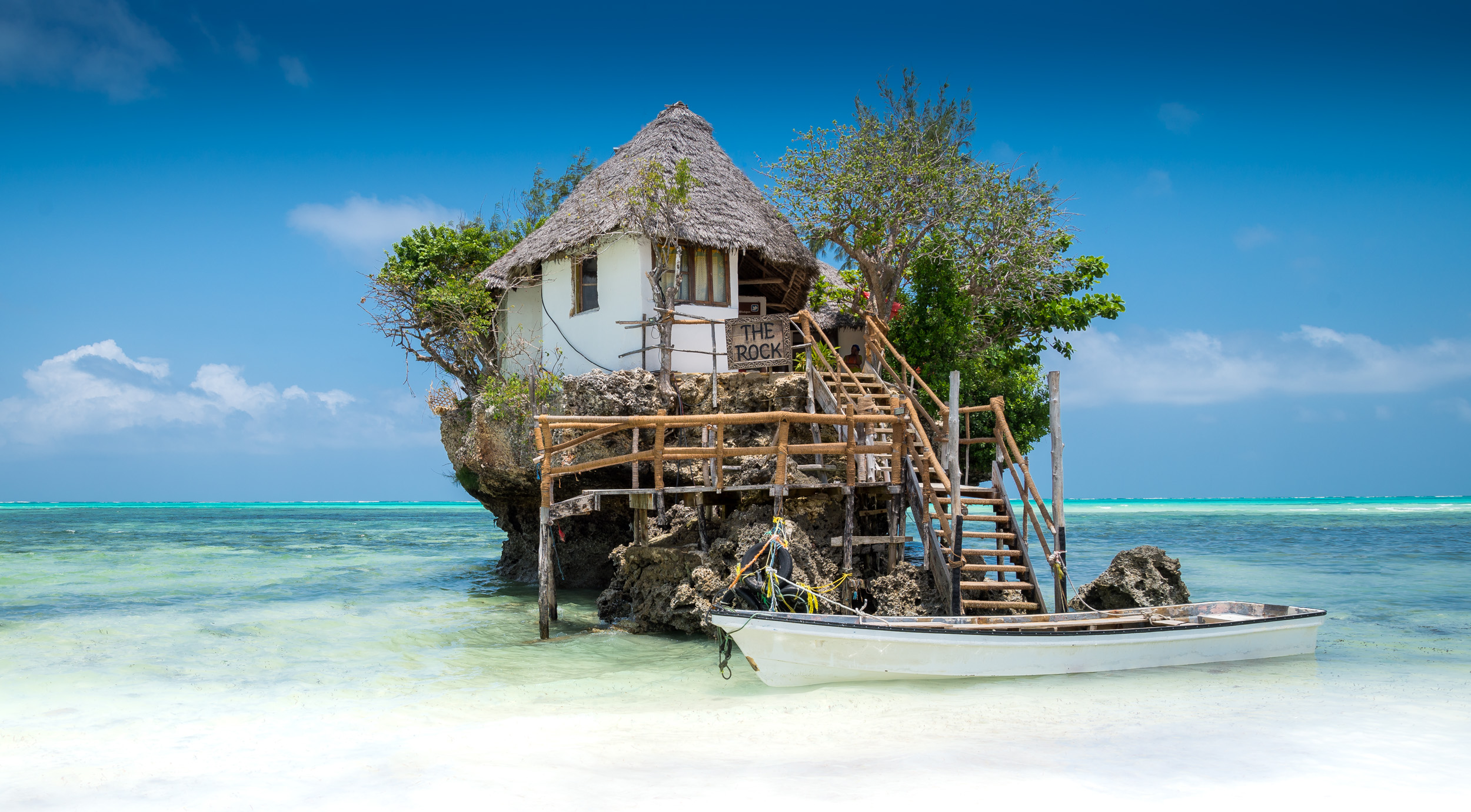
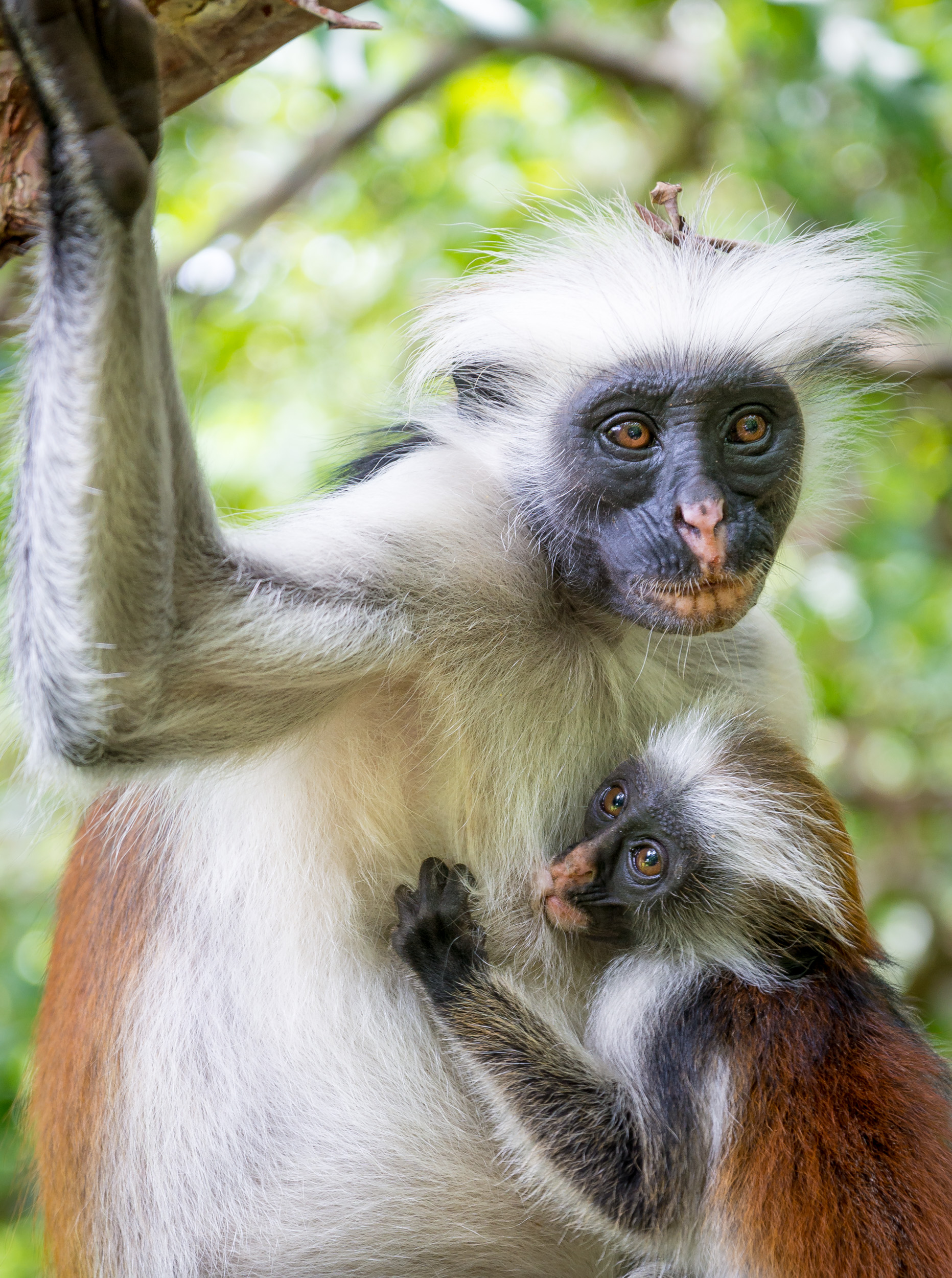
That pretty much wraps up Tanzania. Your perfect 2-3 week itinerary could be 10 days in the Serengeti and Ngorongoro, 2-3 nights at The Tides, 2 nights in Stone Town and 3-5 nights at quiet and peaceful Fumba or busy and touristy Nungwi/Kendwa in the north.
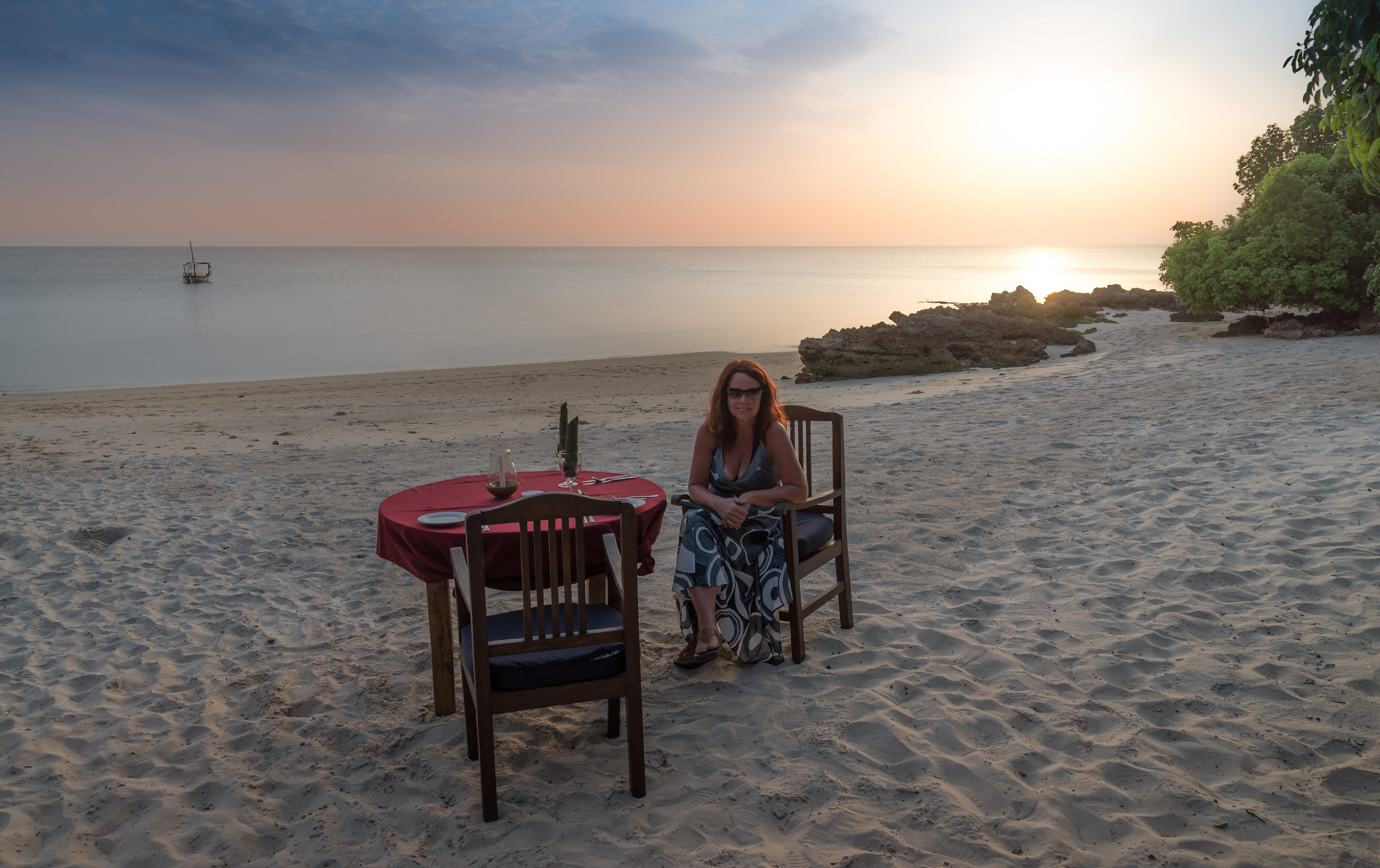
Absolutely amazing country ….. just do it!!